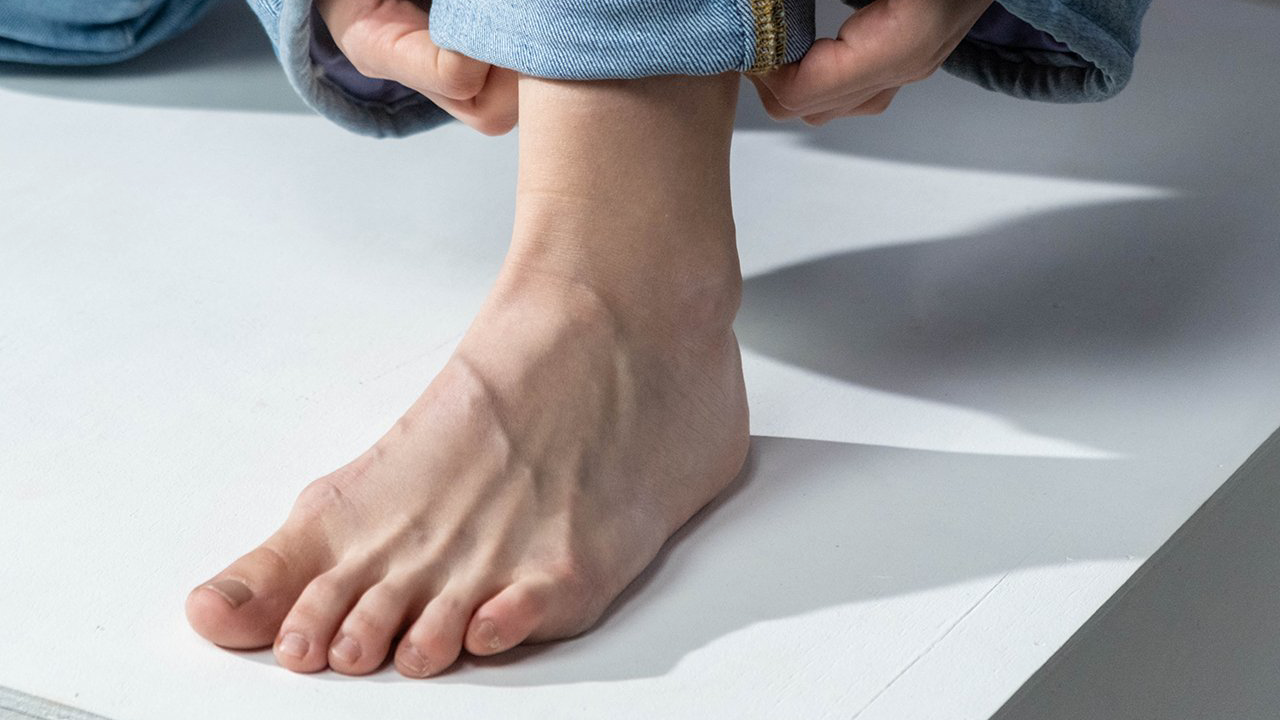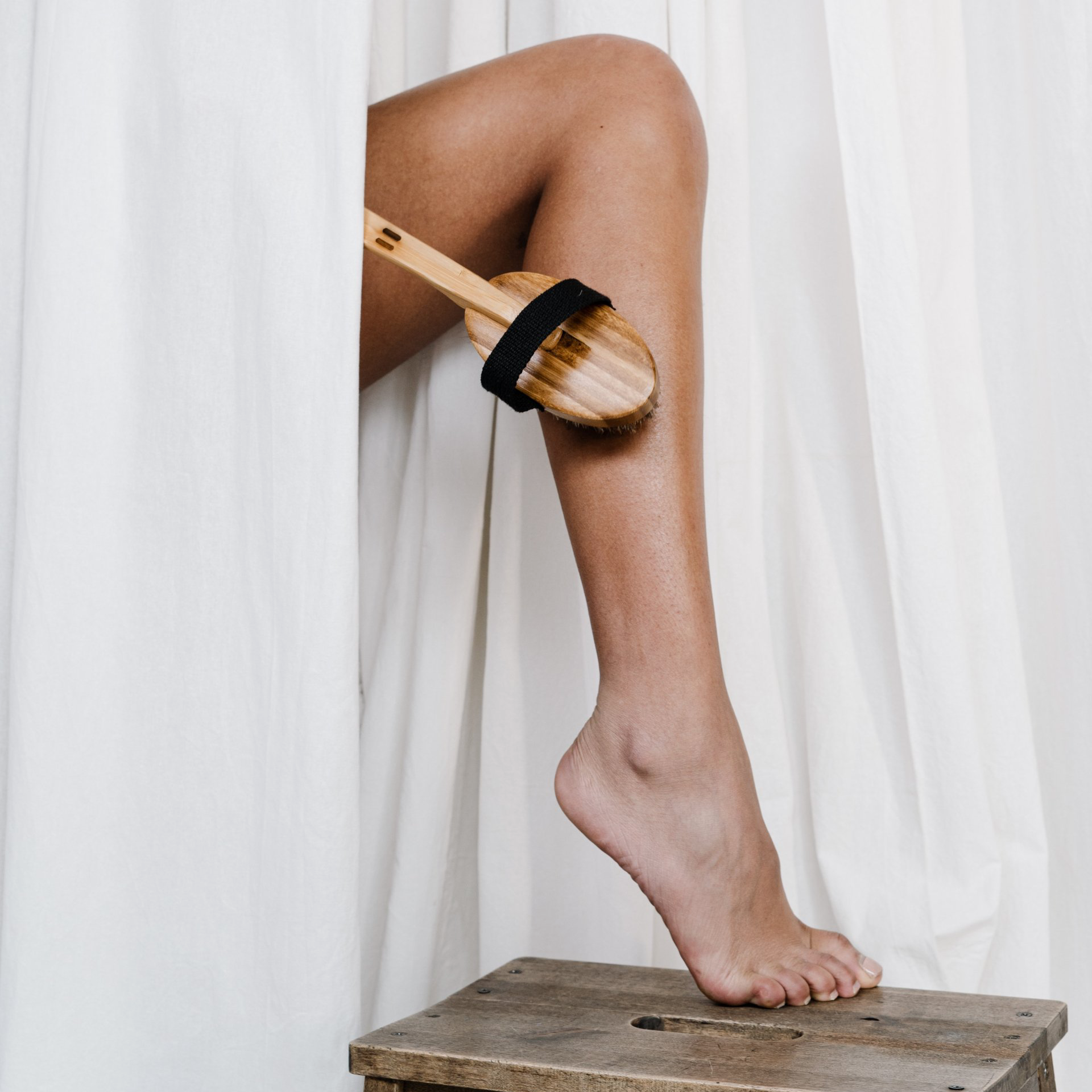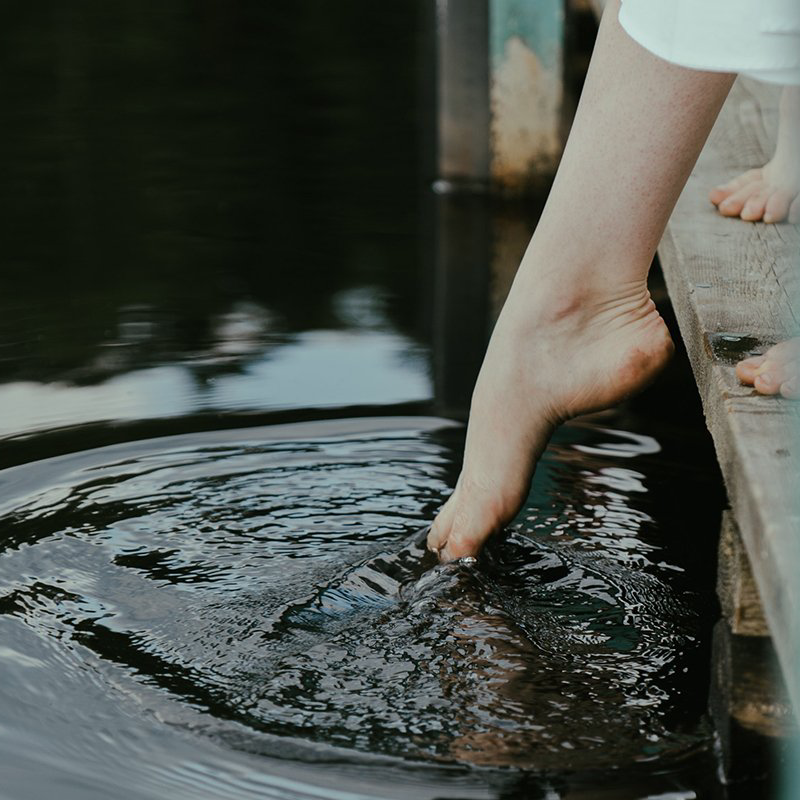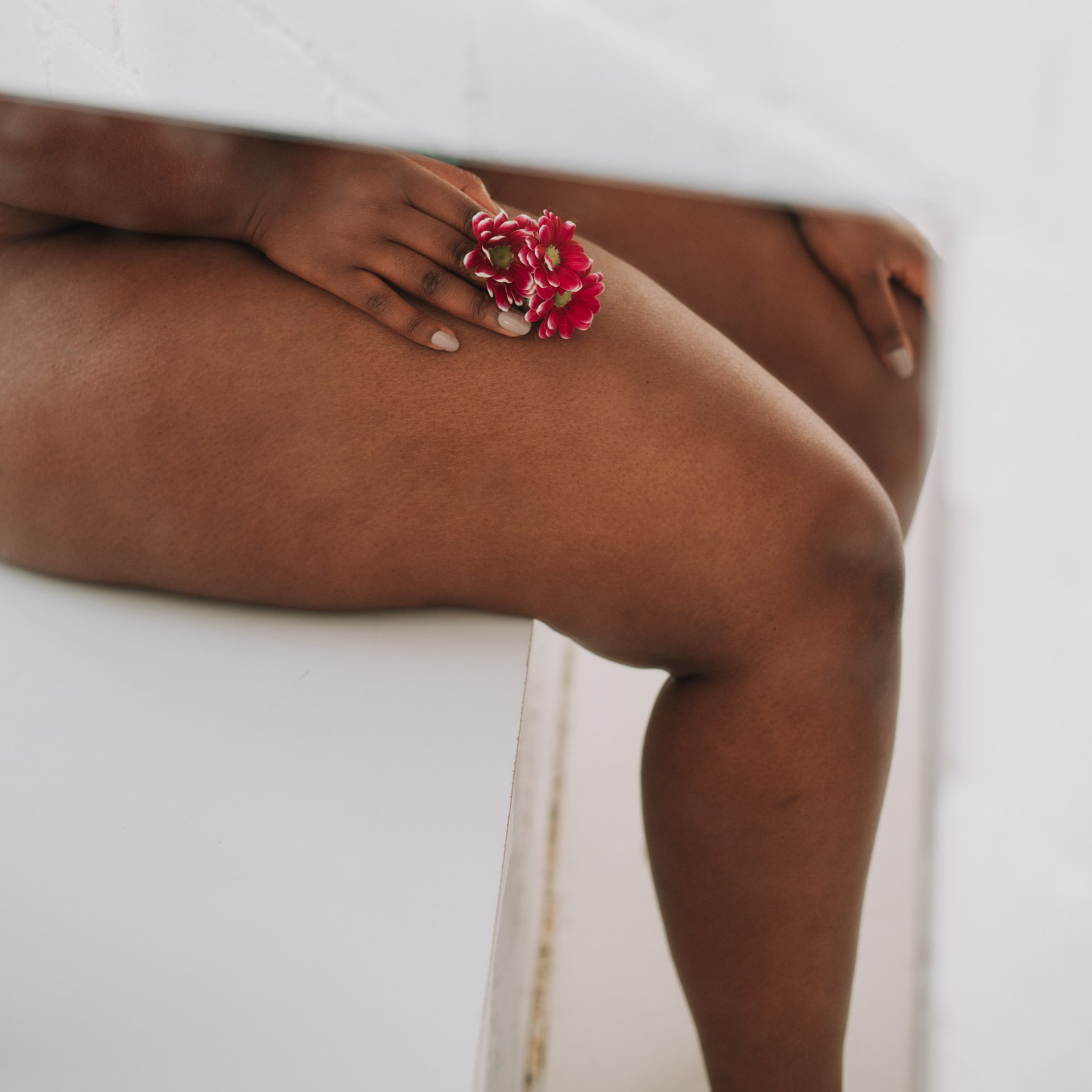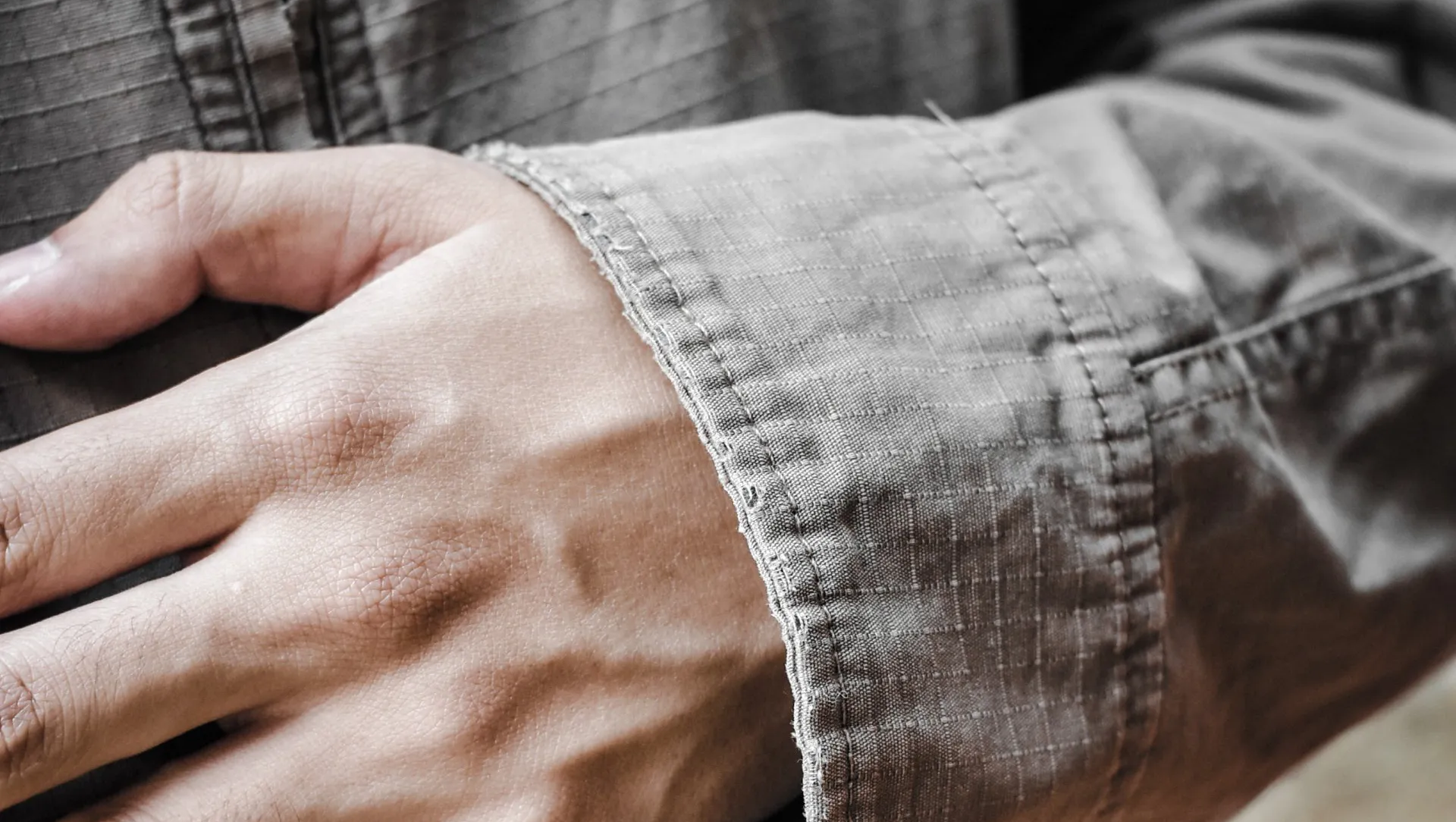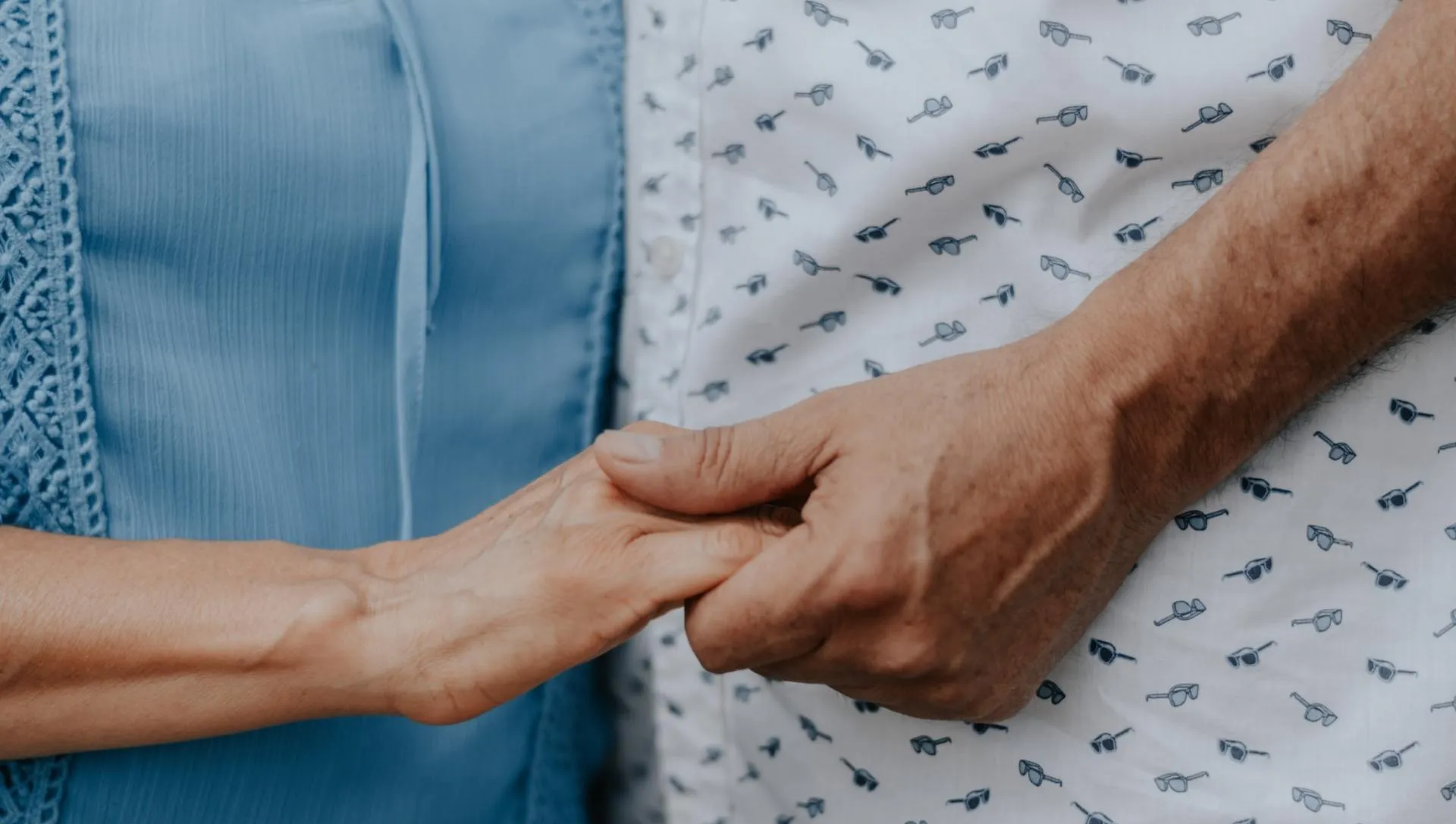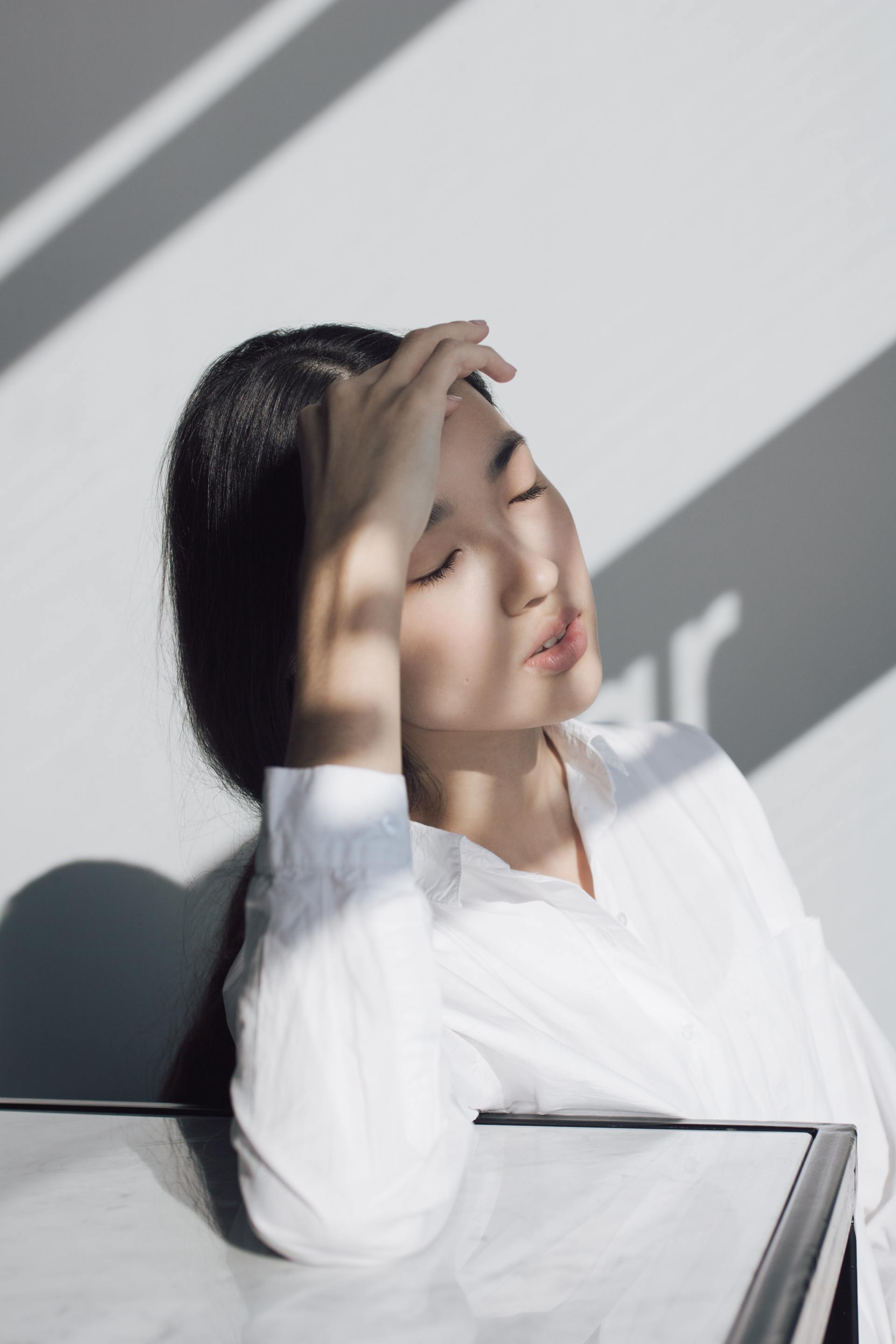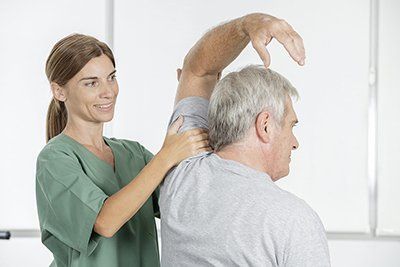How to Identify and Treat Varicose Veins Before Summer Arrives ⛱️
If you suffer from varicose veins or spider veins, you may find yourself dreading the warmer weather. Like many men and women, you may even give up activities you love like golf, swimming, or running. Why not treat your varicose veins before summer arrives?
The first step to getting your legs summertime ready is to set up a vein screening. Why? An early diagnosis and treatment plan can help prevent other health issues such as venous insufficiency, and often patients express regret for not diagnosing and treating earlier. After a simple screening, your doctor will evaluate your symptoms, discuss your diagnosis, and help you determine the best minimally invasive treatment options, many of which are covered by most major insurance providers
In this article, we'll talk about common symptoms, diagnosis, and treatment of varicose veins. We'll also include a common misconception that actually is very harmful
How to Identify Varicose Veins
Varicose veins tend to look like large bluish or purple veins under your skin that appear to be bulging. Over time they may begin to look like cords running down your legs. Similarly, you may notice spider veins. They are smaller in size and generally create red, blue, or purple lines under the skin, which often run in patterns that can resemble a spiderweb.
Generally speaking, varicose veins do not represent an urgent health problem. They do however impact blood flow that over time can lead to more serious issues.. If you notice you have constant swelling in your legs, dark patches or ulcers on your skin, or pain when you walk, Evolve can also evaluate you for a potential arterial condition.
Did you know that
20 to 25% of Americans have varicose veins? Of that, 6% develop a more advanced venous disease such as venous insufficiency or skin ulcers. By seeking medical advice, you can identify and receive a diagnosis to help determine whether you are facing a superficial cosmetic issue or alternatively a more serious medical problem. Ultrasounds provide a relatively quick and accurate assessment, from which an Evolve vascular specialist can develop the optimal treatment plan.
What Causes Varicose Veins?
There are a variety of factors that can contribute to varicose veins. For example:
- Pregnancy
- Obesity
- Standing or sitting for prolonged periods of time
- Natural loss of vein elasticity due to aging
- Genetics. Yep, if you have a family history of varicose veins, you're more prone to get them.
What Are Symptoms of Varicose Veins?
Varicose veins alone do not usually pose a major health threat. Although they may appear worrisome, life-threatening complications are rare. However, that doesn't mean you won't experience any symptoms.
Healthline.com outlines the common symptoms of varicose veins:
- aches or throbbing pain around the vein
- burning or itching around the vein
- pain when standing or sitting for a long time
- legs feel heavy
- muscle cramps
- swelling
Usually, when people begin to experience daily discomfort, they will consult with a physician. However, you don't have to wait to be uncomfortable to get a vein evaluation.
There are more serious side effects that are important to be aware of. These include:
- constant pain or swelling
- veins that are bleeding or feel painful and feel hot
- dark patches of skin or sores
Symptoms like these may also reveal a more severe underlying condition. Although rare, varicose veins may for example increase your risk for blood clots, which could be life-threatening.
Can I Prevent Varicose Veins?
Varicose veins often develop in the legs. This is due to pressure on veins in the lower body. So, the bad news is, you can't completely prevent them. However, there are a few things you can do that may help reduce the risk of developing them.
- Maintain good circulation through regular exercise.
- Take frequent breaks throughout the day to ensure you're not sitting or standing for prolonged periods of time.
- Maintaining a healthy weight.
- Elevate your feet when you lay down
What's the Difference Between Varicose Veins and Venous Insufficiency
Varicose veins may lead to more serious issues. Blood travels through your veins in a forward motion out to your limbs and back to the heart. However, when blood flow in the veins is obstructed or struggles to get back to the heart, it's called venous insufficiency. As a result, blood can begin to pool in your legs.
Often, this condition forms for two reasons: 1) blood clots or 2) you guessed it — varicose veins. Not so-fun fact, it is more common in women than in men. According to the
Cleveland Clinic, it is also more likely to occur in adults over 50.
Other Venous Insufficiency risk factors can include:
- obesity
- pregnancy
- smoking
- cancer
- muscle weakness, leg injury, or trauma
- swelling of a superficial vein (phlebitis)
- family history of venous insufficiency
- excessive sitting or standing for long periods without moving
Venous insufficiency is typically diagnosed through imaging tests to help pinpoint the problem.
A Common Misconception of Disguising Varicose Veins
A common misconception is that tanning is a great way to disguise varicose veins. Over time, unfortunately, sun exposure will make varicose veins more prominent and unsightly. Excessive sunshine causes leg veins to dilate and enlarge, causing them to fill with more blood. This means you may want to avoid hot tubs, long baths, and steam rooms because they can cause similar vein reactions.
Evolve Medical offers vein screenings to diagnose and help patients identify the best available treatment options. For many patients, varicose veins may seem merely cosmetic issues, when in fact they are often a symptom of an underlying health condition that may be easily treated through a minimally invasive, same-day outpatient procedure. Evolve specializes in diagnosing and identifying the safest and least invasive medical treatments for varicose veins and many other vascular conditions
Call us today to see how we can help you.

